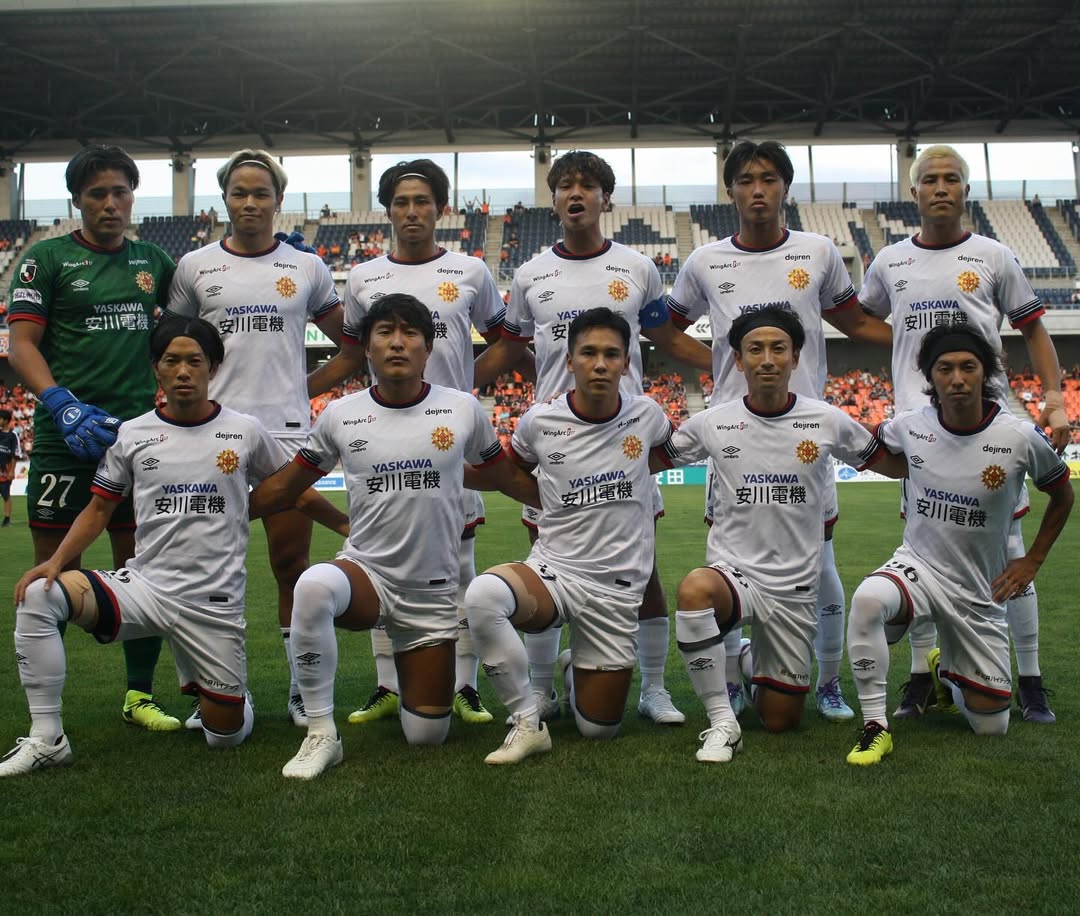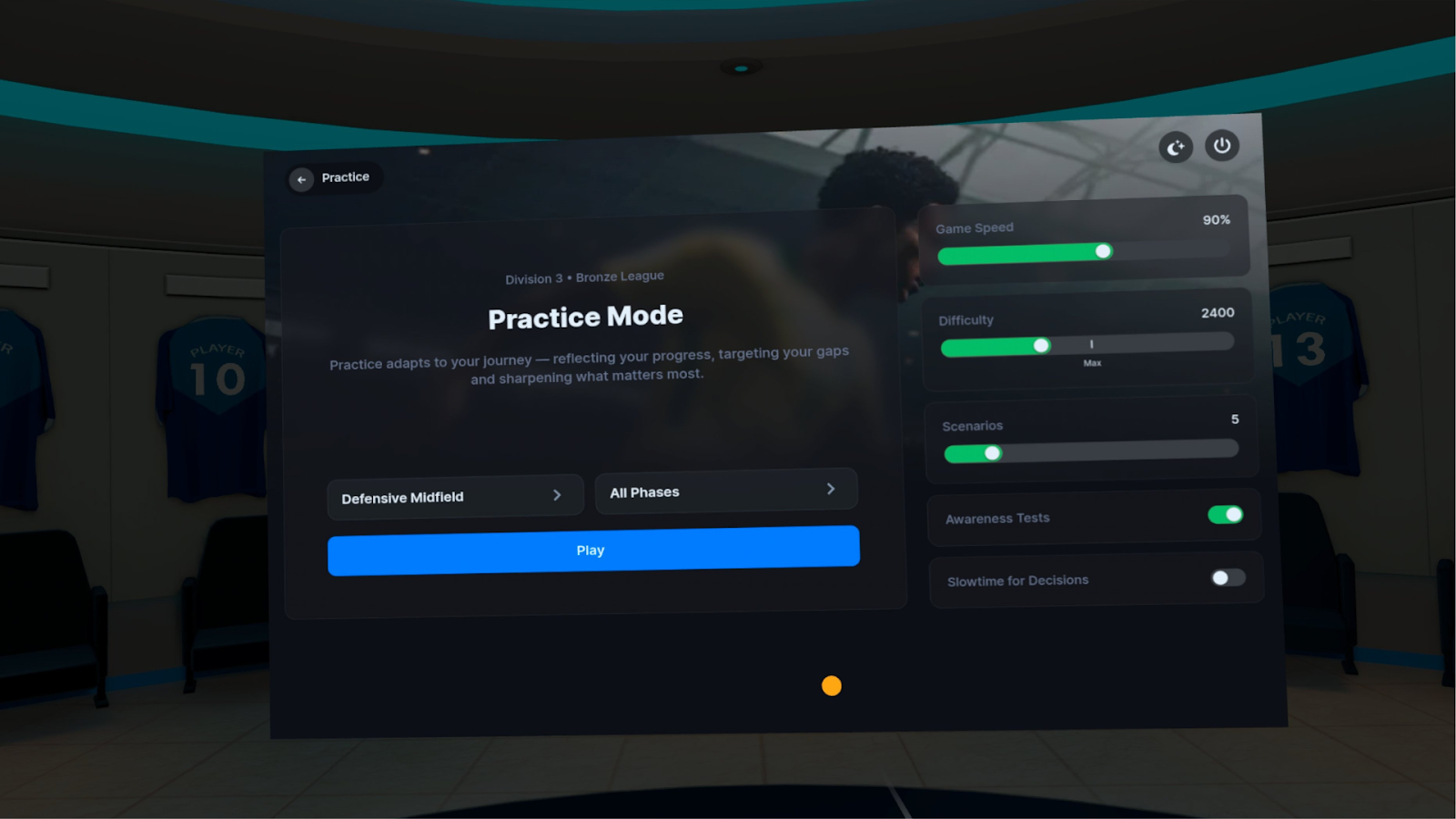In soccer, each player on the field plays a specific role. One of the most essential and high-profile positions in a team is that of a striker.
The striker is often the focal point of a team's attack, responsible for scoring goals and leading the offensive line. Although, a striker's wider responsibilities and traits are more complex.
So whether you are just getting into playing or a parent looking for advice, this blog will improve your game IQ on the job of a striker in soccer.
Core Responsibilities of a Striker
At the most fundamental level, a striker's job in soccer is to score goals. They require a combination of technical and physical skills, and tactical awareness to outsmart defenders and goalkeepers. Their ability to read the game and make quick decisions under pressure is crucial.
Typically, a striker is positioned closest to the opposing team's goal. Therefore, this player will frequently be in the most opportune areas to finish off attacks. But a striker's responsibilities doesn't stop at finishing.

Strikers also have other duties that will contribute to their team's success. If playing as a lone striker, a key attribute required will be hold-up play. The ability to receive the ball and retain it, before linking with other attacking players.
A striker playing with a partner, or an attacking midfielder close by, needs to complement their teammate's qualities. Manchester City have a prime example of this. The pace and power of Erling Haaland suits a partner like Kevin De Bruyne who likes to be creative and find passes in behind.
Positioning and Movement
One of the most important aspects of being a striker is positioning. A great striker knows where to be at the right moment. This means staying alert to passes, exploiting gaps in the defense, and anticipating where the ball will be in key moments.
Effective positioning alongside elite movement enables strikers to regularly get into ideal goal-scoring locations inside the box. Legendary strikers like Robert Lewandowski (currently of FC Barcelona) and Karim Benzema (formerly of Real Madrid) mastered their off-the-ball movement.
The art of constantly being on the move, whether with subtle repositions or fast runs behind defenders. A striker's movement helps create space for themselves and teammates to exploit. Types of movement to practice are double movements and opposite movements. Use lots of feints, deception and quick changes of direction and speed.
Finishing and Scoring
A striker’s ability to finish is perhaps their most scrutinised quality. The most successful strikers are adept with both feet, proficient at heading, and capable of finishing under pressure. They need calmness and composure in front of goal. This comes from repetition in training and having clarity in their decision making.
Top strikers also possess a variety of different finishing techniques. The best goalscorers can powerfully strike from distance, slot in a precise shot past a goalkeeper and finish the simple tap-ins. A combination of raw power, accuracy and finesse.
Different situations demand different finishing techniques. Being able to adjust accordingly is what sets apart good strikers from great ones. Watch this trademark finishing technique from Harry Kane, who has broken goalscoring records for both club and country.
Link-Up Play and Assisting

Although scoring is a striker’s primary duty, they often contribute to their team’s attack in other ways. For instance, some strikers play their part in scoring by assisting their teammates. This can include winning aerial duels to flick the ball on for midfield runners behind. Or, playing a quick one-two passes with a nearby teammate to bypass defenders.
Strikers have a natural tendency to occupy opposition central defenders too. This in itself helps create space and potential opportunities for teammates to exploit.
Zlatan Ibrahimović had both physical strength to shield the ball and technical ability to distribute it effectively. This made him elite at link-up play - holding onto the ball, to allow teammates to join the attack or play quick combinations.
Pressing and Defending
In modern soccer, a striker’s role has evolved to include defensive responsibilities. Many teams employ a high press, which starts with the striker. This involves applying pressure on the opposing team's defense when they have possession of the ball.
By pressing high up the field, strikers can force mistakes, win the ball back quickly, and start an attack near the opponent’s goal. This defensive work requires not only physical stamina but also intelligence. Knowing when to press and when to fall back to maintain the team’s shape.
Strikers who effectively disrupt the opponent’s build-up play are a significant asset in the modern game.
Different Types of Strikers
Certain team's may require a different profile of striker altogether. 'Target men' use their physical presence to hold up the ball and win aerial duels. This helps their team to advance up the pitch. These players are typically tall, strong, and excel in heading and physical duels with defenders.
'Poachers' thrive on being in the right place at the right time to finish off chances. These players tend to have less involvement and touches of the ball. Focusing instead on positioning themselves to capitalize on goalscoring opportunities.
'False nines' is a different interpretation of the striker role. These players drop deeper into the midfield to create space for other attackers to exploit. Instead of always being the furthest forward, they get involved in their team's play. This helps create overloads in midfield and can pull defenders out of position, leaving gaps for teammates to move into.
Whilst neither of these players were considered 'traditional' strikers, two of soccer's greatest goalscorer's were Lionel Messi and Cristiano Ronaldo. Each had different skillsets. But each understood, and played to, their strengths and scored lots of goals throughout their careers. Proving that lots of different types of strikers can be successful.
Game Intelligence
As we've covered, strikers play a pivotal role for their team and it is one of the most important soccer positions. Whilst the characteristics of strikers can vary, depending on the team and player. One thing all strikers share is game intelligence, an ability to gather information and use it to make good decisions on the field.
To learn more about game intelligence, sign-up here and receive 7-days worth of free educational content.
We hope you enjoyed this blog post. Read more →

.png)



